Donato di Pascuccio di Antonio, known as Bramante, was a 15th-century Italian painter and architect. He was one of the leading figures of the Renaissance. Bramante was born in the Duchy of Urbino in 1444. The exact date of his birth is unknown.
He learned to paint in the studio of Fra’ Carnevale. Bramante later specialized in backgrounds, painting architectural perspectives that other artists partly modified and inserted into their own paintings or used as sets.
At the time, Urbino was a Humanist center. Bramante saw the work of artists including Andrea Mantegna and Piero Della Francesca. Bramante himself probably worked at court of the Duke of Montefeltro, a celebrated patron of the arts.
At age 33, Bramante began to travel, working in Mantua, Bergamo Milan and Rome.
In Bergamo, he painted frescoes for the façade of Palazzo del Podestà.
In 1482, Bramante moved to Milan. Here he worked as an architect, rebuilding the Church of Santa Maria presso San Satiro in a style with clear classical influence
To make the inside of the church seem larger, Bramante employed optical illusions, creating an entire wing of the church. He painted the architectural elements he did not have room for, making the building appear more imposing.
Meanwhile, Bramante continued to paint. His work Christ at the Column showed a striking use of chiaroscuro with high emotional impact. In Bramante’s Uomini d’arme, the figures look like they rest in decorated niches. Bramante’s clever trompe-l'oeil perspective created the effect. During his Milan years, Bramante was thought to have ties with Leonardo da Vinci and deepened his knowledge of Roman architect Vitruvius. On commission from Milanese Duke Ludovico Sforza, Bramante designed a new chancel for the Church of Santa Maria delle Grazie. The monumental work featured a number of innovative solutions.
In 1499, Duke Sforza left Milan for Rome and Bramante went with him. In 1502, the artist started to work on the Tempietto of San Pietro in Montorio. The building had a perfect balance between the colonnade, crypt and cupola. It is considered one of the most important works of the High Renaissance. After Julius II became pope, he became Bramante’s leading patron.
Two of Bramante’s commissions were particularly noteworthy: the rebuilding of St. Peter’s Basilica, and a planned link between the Vatican palace to the pope’s summer residence. Neither projects were completed. Julius II died and, a year later, so did his architect. Donato Bramante died in Rome on April 11, 1514. He was 70. His achievements were a crucial contribution to the evolution of art and architecture.
He learned to paint in the studio of Fra’ Carnevale. Bramante later specialized in backgrounds, painting architectural perspectives that other artists partly modified and inserted into their own paintings or used as sets.
At the time, Urbino was a Humanist center. Bramante saw the work of artists including Andrea Mantegna and Piero Della Francesca. Bramante himself probably worked at court of the Duke of Montefeltro, a celebrated patron of the arts.
At age 33, Bramante began to travel, working in Mantua, Bergamo Milan and Rome.
In Bergamo, he painted frescoes for the façade of Palazzo del Podestà.
In 1482, Bramante moved to Milan. Here he worked as an architect, rebuilding the Church of Santa Maria presso San Satiro in a style with clear classical influence
To make the inside of the church seem larger, Bramante employed optical illusions, creating an entire wing of the church. He painted the architectural elements he did not have room for, making the building appear more imposing.
Meanwhile, Bramante continued to paint. His work Christ at the Column showed a striking use of chiaroscuro with high emotional impact. In Bramante’s Uomini d’arme, the figures look like they rest in decorated niches. Bramante’s clever trompe-l'oeil perspective created the effect. During his Milan years, Bramante was thought to have ties with Leonardo da Vinci and deepened his knowledge of Roman architect Vitruvius. On commission from Milanese Duke Ludovico Sforza, Bramante designed a new chancel for the Church of Santa Maria delle Grazie. The monumental work featured a number of innovative solutions.
In 1499, Duke Sforza left Milan for Rome and Bramante went with him. In 1502, the artist started to work on the Tempietto of San Pietro in Montorio. The building had a perfect balance between the colonnade, crypt and cupola. It is considered one of the most important works of the High Renaissance. After Julius II became pope, he became Bramante’s leading patron.
Two of Bramante’s commissions were particularly noteworthy: the rebuilding of St. Peter’s Basilica, and a planned link between the Vatican palace to the pope’s summer residence. Neither projects were completed. Julius II died and, a year later, so did his architect. Donato Bramante died in Rome on April 11, 1514. He was 70. His achievements were a crucial contribution to the evolution of art and architecture.
RELATED
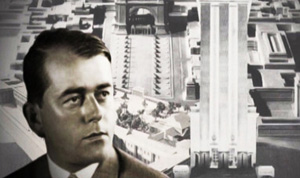

ALBERT SPEER


PIERO MANZONI
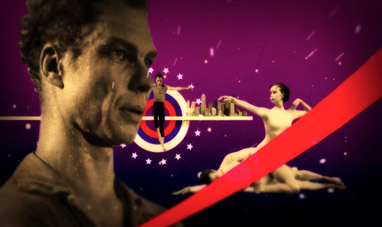

MERCE CUNNINGHAM
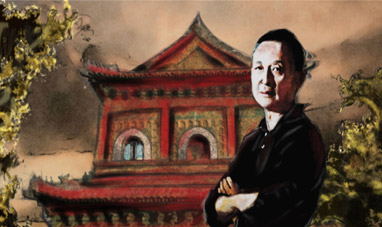

GAO XINGJIAN
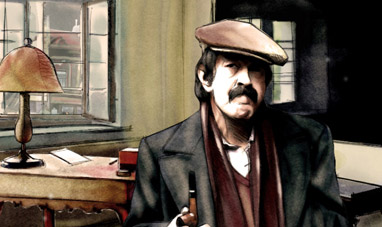

GÜNTER GRASS
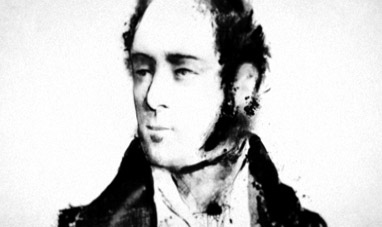

VINCENZO BELLINI
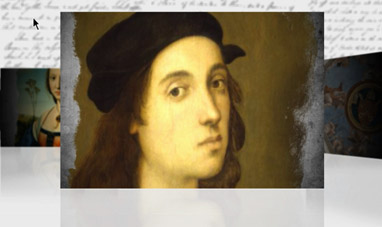

RAPHAEL
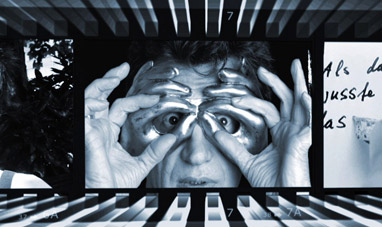

WIM WENDERS
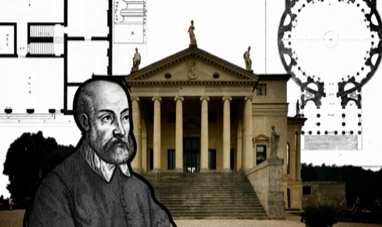

ANDREA PALLADIO
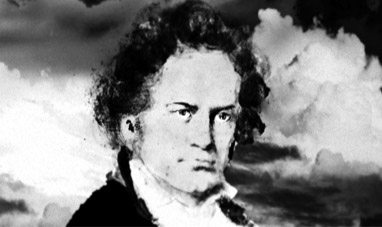

LUDWIG VAN BEETHOVEN
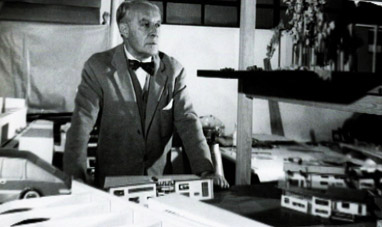

GIO PONTI
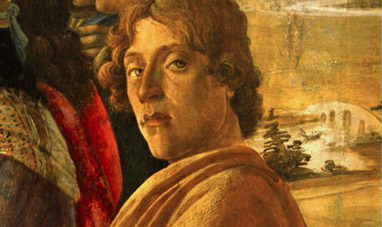

SANDRO BOTTICELLI
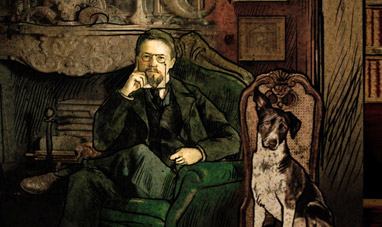

ANTON CHEKHOV
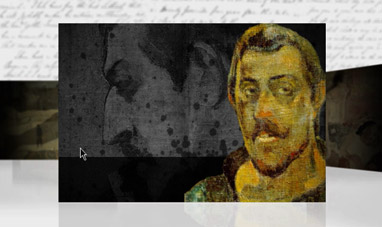

PAUL GAUGUIN
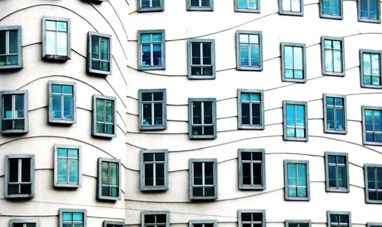

FRANK GEHRY
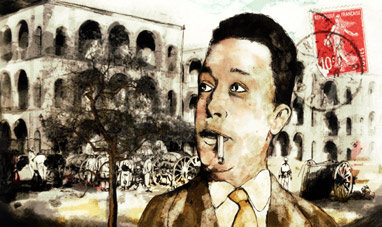

ALBERT CAMUS
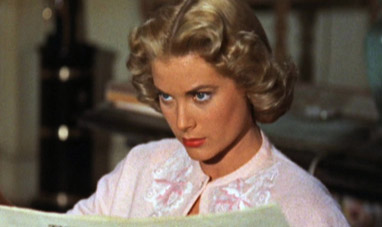

GRACE KELLY
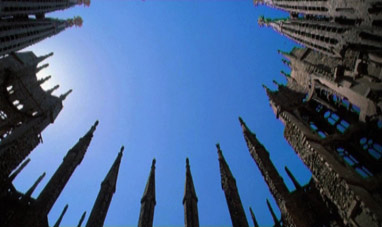

ANTONI GAUDÍ
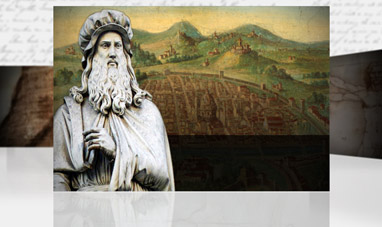

LEONARDO DA VINCI
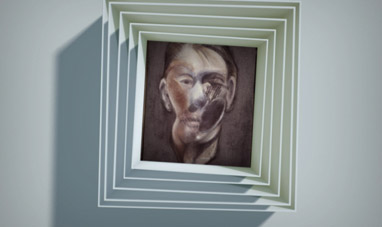

FRANCIS BACON
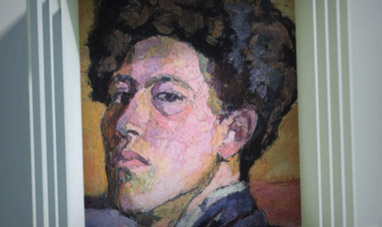

ALBERTO GIACOMETTI


MICHELANGELO PISTOLETTO
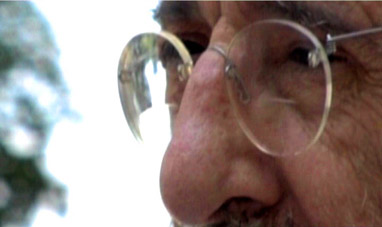

ÁLVARO SIZA VIEIRA


JOHN CONSTABLE


GIUSEPPE PENONE
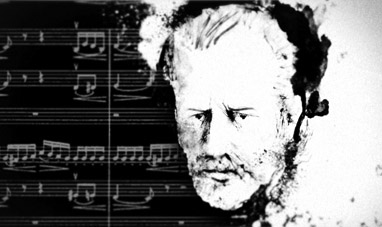

PYOTR ILLYCH TCHAIKOVSKY
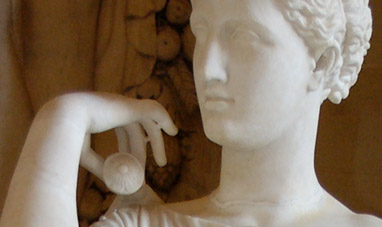

PRAXITELES
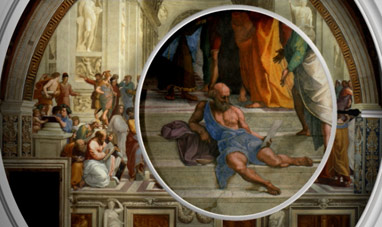

THE SCHOOL OF ATHENS
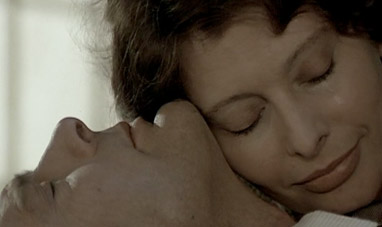

SOPHIA LOREN
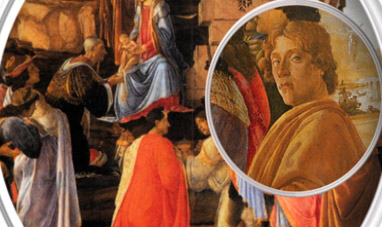

THE ADORATION OF THE MAGI


DAVID (MICHELANGELO)


SERGEI RACHMANINOFF
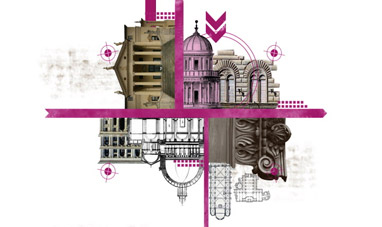

LEON BATTISTA ALBERTI
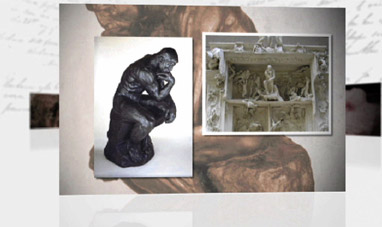

AUGUSTE RODIN
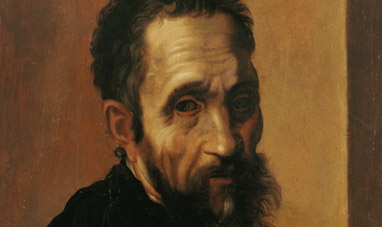

MICHELANGELO BUONARROTI
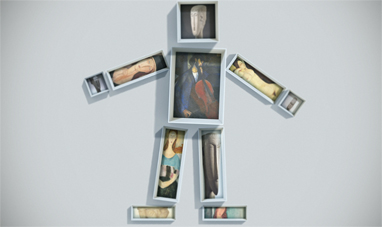

AMEDEO MODIGLIANI
